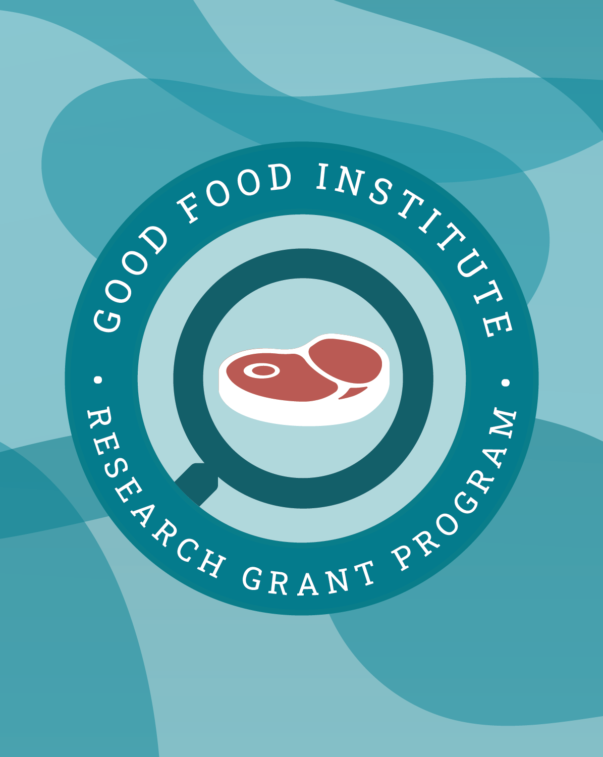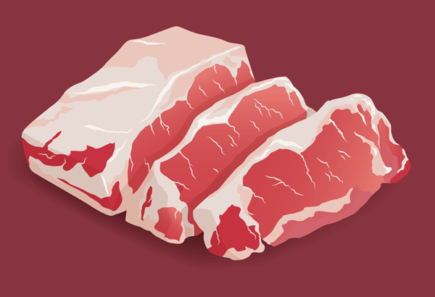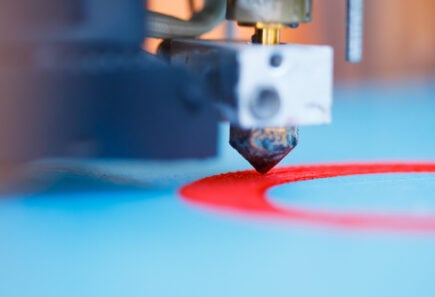Plant-based scaffolds for cultivated meat
2020-2022
Dr. Suzuki is developing and scaling 3-D cultivated meat production with plant-based tissue scaffolds.
PRODUCTION PLATFORM: Cultivated
TECHNOLOGY SECTOR: Scaffolding

Project aims
This project aims to establish large-scale production of musculoskeletal stem cells (such as muscle, fibro-adipogenic progenitor cells, and mesenchymal stem or stromal cells) using a sphere-based culture approach. In collaboration with Dr. William Murphy, also at UW-Madison, the researchers will develop 3-D cultivated meat using bioengineered plant-based tissue scaffolds, and then characterize its texture, color, and composition.
This work could reduce cost and improve sustainability of cultivated meat scaffolding, compared to animal-based or synthetic scaffolds. It could also improve quality of muscle differentiation and maturation and advance our understanding of the organoleptic properties of cultivated meat.
Principal researcher

Dr. Masatoshi Suzuki
Associate Professor, University of Wisconsin-Madison, USA
Dr. Suzuki holds extensive experience in stem cell biology, muscle biology, and bioengineering. He maintains strong relationships with stem cell and regenerative medicine experts and has collaborated with meat science and muscle biology laboratories.

Page
Research grants
Learn about cutting-edge alternative protein research funded by GFI. Find funding opportunities for your own research.
View related grant projects

Developing marbled cultivated beef
GFI is developing marbled cultivated beef with Dr. Amy Rowat at University of California, Los Angeles

Cellular building blocks
Learn about Dr. Marcelle Machluf’s work designing cellular building blocks for cultivated meat with at Technion – Israel Institute of Technology.

3-D printing bioinks
Learn about GFI grantee Dr. Sara Oliveira’s work 3D bioprinting scaffolds for cultivated meat the International Iberian Nanotechnology Laboratory in Portugal.
Explore research opportunities
-
Cultivated
Naturally adhesive and edible non-animal scaffolding materials
There is a limited number of edible non-animal scaffold materials that are naturally adhesive for use in cultivated meat production. Identifying a larger and more diverse set of these materials,…
-
Cultivated
Incorporating growth factors into scaffolds to reduce costs and introduce spatial heterogeneity
Growth factors (GFs) can be incorporated into scaffolds as a strategy for both reducing costs and improving product quality of cultivated meat. Open-access research is needed to test the feasibility…
-
Cultivated
Scaffolds and structural approaches to optimize fat distribution and content in cultivated meat
The inclusion of fat and marbling in cultivated meat is likely to increase its flavor, texture, and consumer appeal. Structural approaches using edible microcarriers, hydrogels, and 3D bioprinting present promising…
Check out related resources

The science of cultivated meat
Learn about the science of cultivated meat and the challenges that must be addressed for commercial production.

